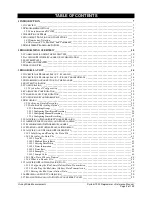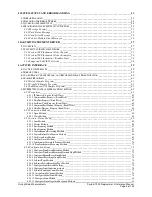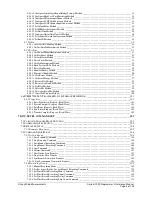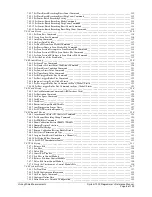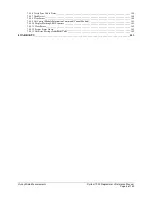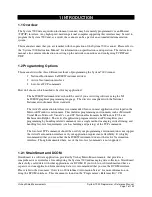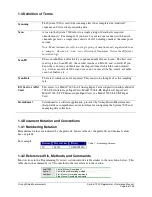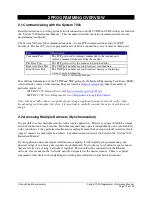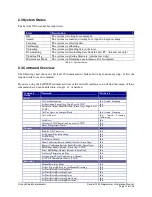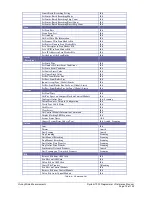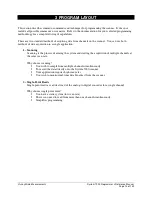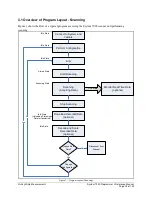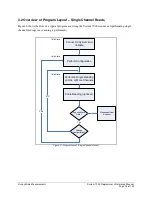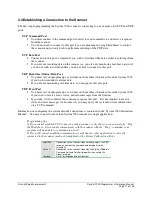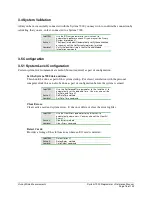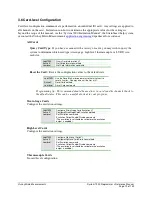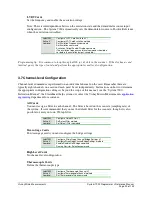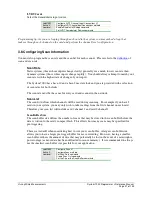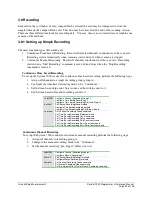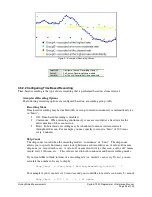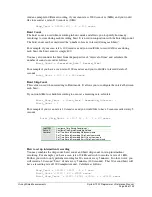
Vishay Micro-Measurements
System 7000 Programmer’s Reference Manual
Page 10 of 142
2 PROGRAMMING OVERVIEW
2.1 Communicating with the System 7000
Detailed instructions on setting up the network connections and the TCP/IP and UDP settings are found in
the “System 7000 Instruction Manual”. This document describes the network communications from a
programming standpoint.
The System 7000 uses four communication ports; two for TCP communication and two for UDP
broadcasts. The host PC (via your program) must establish a connection to one or more of these ports.
Port
Description
Command Port
The TCP port used to transmit commands to the scanner and
receive command responses from the scanner.
File Data Port
The TCP port used by the scanner to download files.
Real-time Data Port The UDP port number used to broadcast real-time data.
Event/Status Port
The UDP port number used to broadcast messages containing
status or error information.
Table 2 – Communication Ports
For additional information on the TCP/IP and UDP protocols, the Internet Engineering Task Force (IETF)
is the definitive source of information. They are located at
http://www.ietf.org
. Some documents of
particular interest are:
IETF RFC 791: Internet Protocol (
http://www.ietf.org/rfc/rfc791.txt
)
IETF RFC 768: User Datagram Protocol (
http://www.ietf.org/rfc/rfc768.txt
)
Note: A System 7000 scanner is capable of generating a significant amount of network traffic when
broadcasting real-time data; therefore, it is important to carefully consider the network architectural
design.
2.2 Accessing Multiple Scanners (Synchronization)
It is possible to access multiple scanners with a single application. However you must establish a unique
network connection to each scanner. Individual scanners may operate independently or be synchronized
with each other (i.e. they perform simultaneous sampling because their analog-to-digital converter clock
signal is shared via synchronization cables). Synchronization is discussed in detail in the “System 7000
Instruction Manual”.
If your application does not require simultaneous sampling, it will simplify your programming (and
physical setup), if you leave your scanners unsynchronized. If you choose to synchronize your scanners,
they are referred to as being “networked” together. This should not be confused with the Ethernet
network. One scanner in the “network” must be designated as the master scanner. There is a special
command set that deals with configuring and starting data collection on synchronized scanners.


